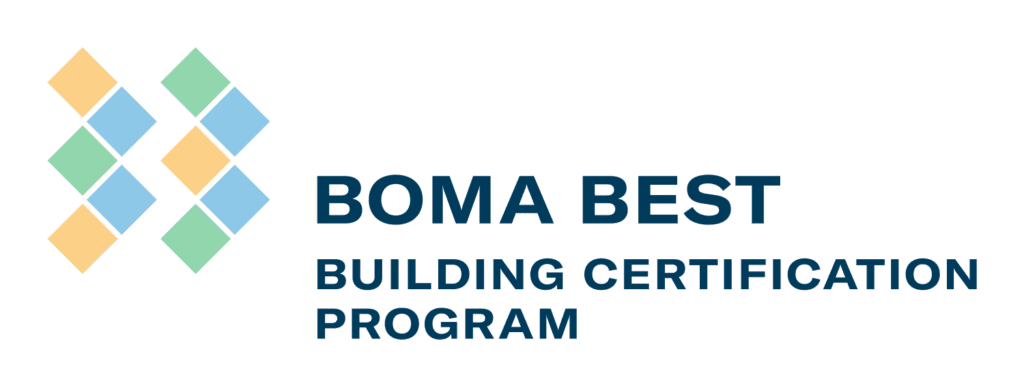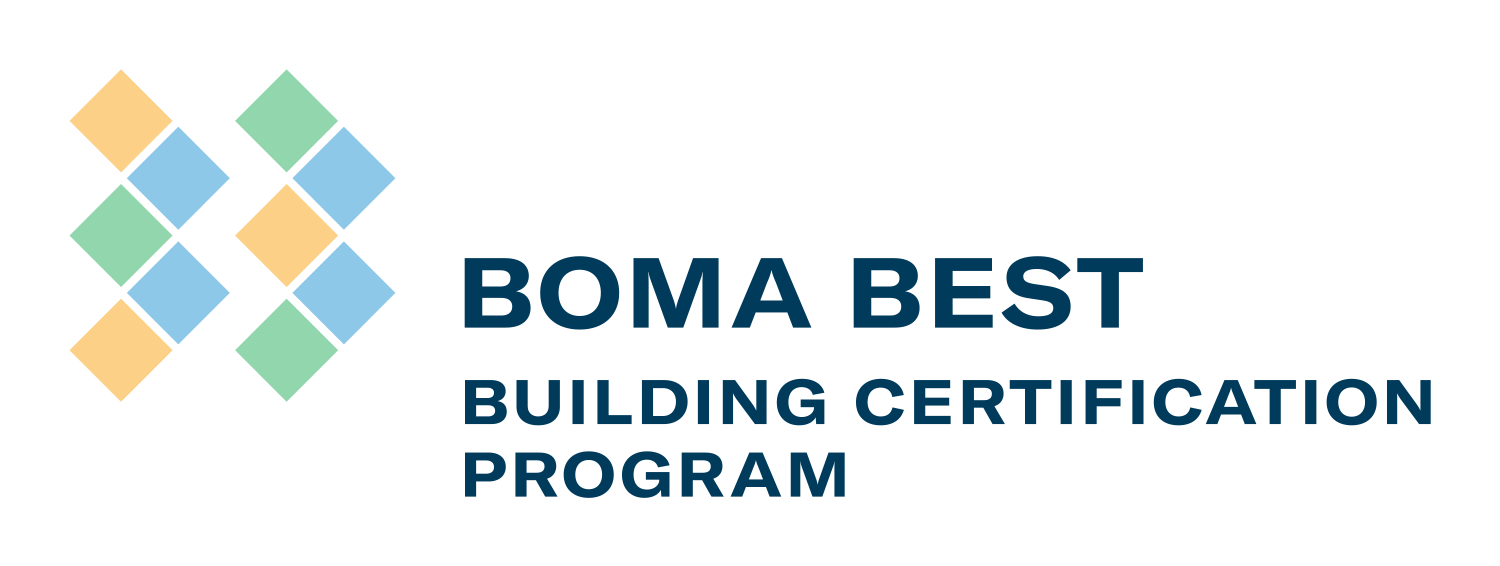Commercial real estate has typically been valued through three fundamentals – location, market demand, and tenant profile. There is a shift in the evaluation process as investors are beginning to evaluate buildings based on their ability to withstand significant moments of disruption, whether environmental, operational, or financial, and still deliver stable, long-term returns.
This shift has led to the notion of resilience dividends. And right now, it is very close to losing its urban myth status as investors are beginning to show a preference for truly resilient buildings.
Resilience as a Core Investment Metric
In a market where volatility is the new norm, resilience is becoming a must-have and a defining characteristic of high-performing portfolios. Climate-related disasters, from floods to wildfires, are growing in both frequency and cost. Insurance premiums are climbing, sometimes doubling in “high-risk” markets. All levels of government and financial institutions are rolling out disclosure requirements that require owners to quantify and report their resilience measures.
Investors and lenders are now being forced to re-evaluate their models. Properties that can prove their capacity to absorb shocks and with actionable recovery plans are getting higher valuations and more favorable financing terms. A resilient building is not only safer for its tenants, but also safer for its investors.
Resilience Gets An “A” For Performance
Emerging data supports the idea of a resilience dividend. Studies show that every $1 spent on risk mitigation saves between $4 and $13 in future losses. For institutional investors, the math is simple, as a sometimes-modest capital upgrade today can prevent catastrophic losses down the road.
At the building level, data is beginning to support that resilient buildings outperform in tangible ways:
Tenant and Lease Stability: Tenants are more likely to re-up with buildings that have minimal disruptions, which leads to reduced vacancy risk and potentially higher rents.
Insurance Advantages: This is anecdotal, but we are hearing insurers are starting to reward resilient assets with better terms, which will positively impact operating costs.
Valuation Growth: Reputationally, resilient properties are increasingly viewed as lower-risk investments, eventually boosting their market value.
What is becoming clear is that investing in resilience and risk mitigation has a bigger payback than simply avoiding losses. Buildings that demonstrate their ability to recover quickly from extreme events quickly develop a reputation for reliability, attracting tenants and investors who equate resilience with long-term confidence.
Shifting Investor Expectations
With the uncertainty that surrounds the global economy, investors are looking at aligning with what are becoming the new risk and resilience benchmarks. This is also becoming a necessary benchmark with cross-border investors scrutinizing not just sustainability credentials but also resilience metrics – flood defenses, backup power capacity, smart monitoring systems, and emergency response protocols.
Investors and insurers have begun to actively tighten underwriting standards. For example, some insurers now require climate risk assessments before issuing policies. Lenders have also begun to incorporate resilience into their risk-adjusted returns, offering more favorable rates to buildings with strong mitigation strategies in place.
In short, resilience is becoming part of the financial DNA of CRE. Those who ignore it face higher costs of capital, restricted insurance options, and lower tenant retention.
Easing the Burden of Compliance
What makes resilience more appealing today is its ability to cover two needs for building owners and managers – regulatory and operational essentials and a competitive differentiator. Increasingly, it is becoming clear that buildings that proactively assess and address risk stay ahead of compliance curves or are more cost-effectively updated. At the same time, they let both investors and tenants know they are future proofed.
Frameworks such as BOMA BEST are proving invaluable here. By guiding building owners through a structured assessment of operational, regulatory, and environmental risks, certification programs transform resilience from a buzzword into a documented, verifiable attribute. For investors, this means greater transparency. For owners, it means tangible pathways to improve asset performance.
Resilience is Becoming the New Green
The resilience dividend is not just an urban myth. Buildings that can demonstrate that they are prepared to recover from things like climate catastrophe with minimal disruption are starting to show higher occupancy rates and can secure more favourable financing and insurance rates.
For asset managers, resilience is now becoming an investment strategy. For investors, resilient assets offer stability in what is an unpredictable market. And for tenants, resilient buildings deliver safety, reliability, and minimal business disruption.
Additional Articles
2026 Commercial Real Estate OutlookThe opportunities are real—if you know where to look
Kathy Feucht
United States
Sally Ann Flood
United States
Tim Coy
United States
Macroeconomic volatility and policy uncertainty may put the CRE industry
recovery on pause, but not for good.
In last year’s commercial real estate outlook, we anticipated that 2025 could mark a recovery for the global CRE industry—buoyed by an expected return of deal activity, more favorable lending terms, greater industry collaboration, and advances in artificial intelligence. As we write a year later, it hasn’t exactly played out that way, largely due to an unpredictable global macro environment, which may affect how soon, and to what degree, the industry could fully recover in the next 12 to 18 months.
Trade and regulatory uncertainties have complicated decision-making, prompting
some leaders in the CRE industry to rethink their approach. We do not expect this to abate any time soon as trade negotiations and legal challenges continue. That said, opportunities for growth likely exist—for those who understand the industry’s
geographic, asset, and macro-level nuances, and remain agile and forward-
thinking.
From digital receptionists to hyperlocal valuation models, AI is transforming the
real estate industry and paving the way for $34 billion in efficiency gains by 2030.
Artificial intelligence is transforming the real estate industry from sales to building
management. Virtual assistants show properties to potential renters and buyers;
some hotels are experimenting with humanoids at their front desks; AI tools help
with property research and valuation; AI solutions staff buildings more efficiently,
meeting customers only when and where they need assistance rather than
maintaining staff on-site for fixed hours every day.
Such AI innovations could lead to $34 billion in efficiency gains for the real estate
industry by 2030, according to Morgan Stanley Research, which analyzed tasks
performed by 162 real estate investment trust (REIT) and commercial real estate
(CRE) firms, with a combined $92 billion of labor costs and 525,00 employees. The
analysis indicated that 37% of the tasks that these companies perform can be
automated, particularly in management; sales and related activities; office and
administrative support; and installation, maintenance and repairs.
Economic drivers and monetary policy
The third quarter of 2025 was characterized by sustained economic deceleration within the Canadian economy. This trend culminated in a decisive monetary policy shift by the Bank of Canada (BoC) on September 17, 2025, when the key overnight rate was reduced by 25 basis points to 2.50%. This action effectively restarted the easing cycle that had commenced in 2024. The decision was necessitated by accumulating evidence of a weakening economy and was aimed at better balancingrisk within the BoC’s monetary policy framework.Key indicators that prompted the cut included a notable deterioration of the labormarket. Specifically, employment declined for two consecutive months through August 2025, according to the Labour Force Survey data. Canada’s unemployment rate climbed to 7.1%, signaling diminished labor demand. Job losses were heavilyconcentrated in trade-sensitive sectors, highlighting the vulnerability of the Canadian economy to external pressures. Mike Sobolik
Investment Strategist, Direct Real Estate, North America
Mike Bessell
Managing Director, Investment Strategist, Europe
Chase Bolding
Chief Investment Officer, Direct Real Estate, North America
It’s been a year of significant shifts in global trading and economic growth
patterns. Tariffs and trade wars have disrupted global trade flows, contributing to
slower growth in key economies. In this environment, we believe that real estate
sectors with higher income yields and income streams that are less tied to the
business cycle are best positioned to outperform.
Here are some key takeaways from our current outlook for commercial real estate (CRE) for the US and globally. For a deep dive into our post Labor Day 2025 outlooks, read US commercial real estate outlook and Global commercial real estate outlook .


